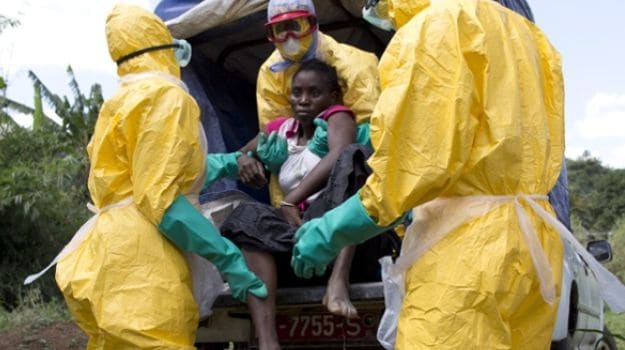Scientific advances have helped us understand and limit the impact of pandemics but we still cannot deliver the simple measures needed to control them for the benefit of allThe biggest surprise about pandemics is that we are still surprised they happen. There are more than 1,400 known human pathogens and almost all of them are capable of causing epidemic increases. Starting as localised outbreaks, they could develop into pandemics that, left unchecked, may infect millions of people. There are also hundreds of animal diseases that have the capacity to cross the species barrier, causing new pandemic diseases, as Sars did in 2002-03.
The feature of infectious diseases that distinguishes them from other illnesses is that they change markedly over time, giving rise to new human diseases. This is because the microbes that cause them are constantly evolving. A case in point is antimicrobial resistance. As soon as we treat infectious diseases we are creating evolutional pressure to select for resistance strains, hence new disease problems.
Looking across the past century of pandemics provides a rich source of information for epidemiologists, microbiologists and historians to draw on. Five lessons leap out from this experience: pandemics have high impact, increase inequalities, behave in uncertain ways, are often controllable and generally cause panic and outrage.
1. Impact
Uncontrolled pandemics can be devastating. The 1918 influenza pandemic killed more than 50 million people within a year. HIV/Aids is estimated to have killed more than 39 million people since the first cases were reported in 1981. Pandemics also disrupt societies and economies and cause widespread secondary effects. The World Bank estimated that the two-year socioeconomic effect of the current Ebola epidemic could reach $32.6bn – its worst-case scenario.
2. Inequalities
Pandemics love poverty. In that regard they mirror the distribution of infectious diseases more generally, which appear to be sensitive markers of deprivation. The pathways by which poverty increases risk include: inadequate sanitation, poor nutrition, crowded living conditions, lack of healthcare services, poor infection control, lack of public health infrastructure and poor governance.
3. Uncertainty
Although we know a lot about the conditions that give rise to pandemics, the emergence of individual pandemics is unpredictable. There is inevitabe uncertainty around the transmissibility of new infectious agents and their seriousness (case fatality) during their early stages. Scientific methods for estimating these parameters are getting better.
4. Controllability
Most pandemics are now controllable, as was demonstrated with Sars. Ebola can be controlled with well-established measures of case isolation, contact quarantine and good infection control in hospitals. The one major exception is pandemic influenza – public health measures and pharmaceutical interventions have only limited effectiveness and pandemic vaccines take months to develop and deliver.
5. Panic/outrage
Fear is a natural human response to new threats. Unfortunately this reaction frequently translated into panic and outrage in the face of pandemic diseases. Effective risk communication is key to managing this response.
Can we learn the lessons of history? On the face of it, the answer is a qualified yes. We have learned much about pandemics, particularly from advances in molecular biology and epidemiology, disciplines that barely existed a century ago.
If the question had been whether we act on this knowledge, the answer is probably no. As the Ebola outbreak showed, we still cannot deliver the simple measures needed to control such epidemics in a timely and effective way to everyone. And that, surely, is an indictment on us all.
There will be a free public lecture and reception Pandemics: Can we learn the lessons of history? on Wednesday 13 May – 17:30-20:00.Ebola can be controlled with well-established measures of case isolation, contact quarantine and good infection control in hospitals. Photograph: Kenzo Tribouillard/AFP/Getty Images 







